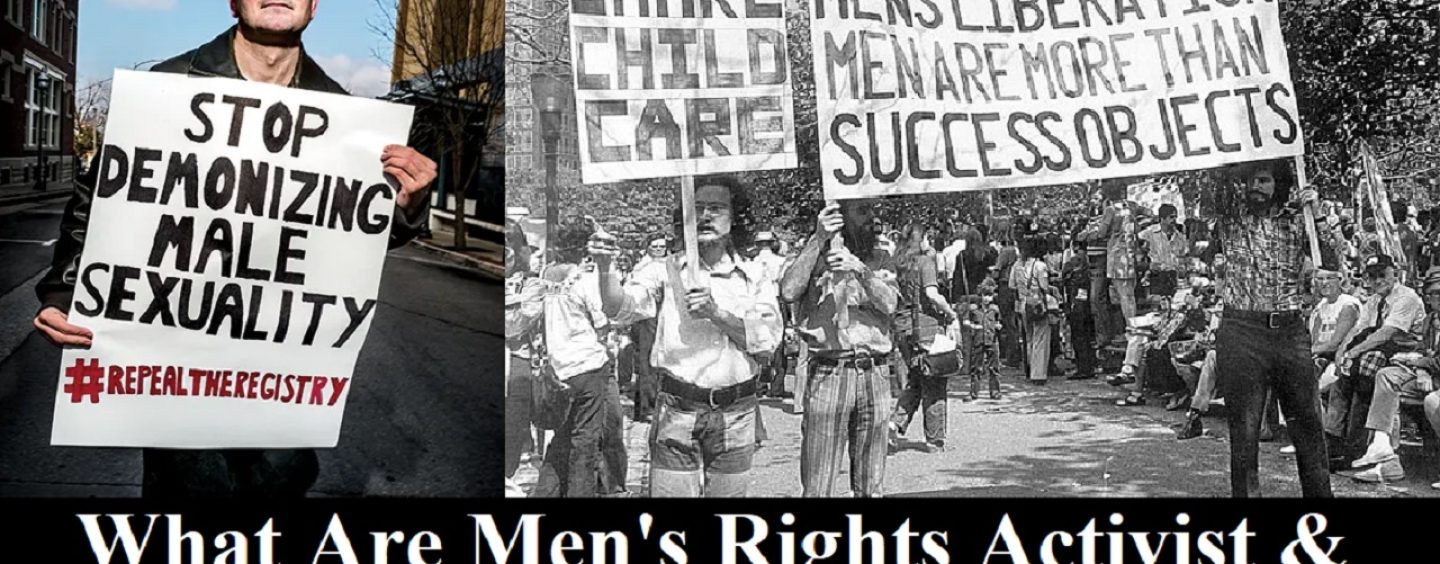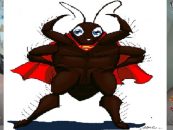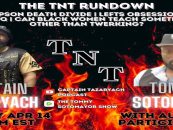
What Is A Men’s Rights Activist & Do They Hate Women! Tommy Sotomayor Bares His Soul! (Live Broadcast)
by Tj Sotomayor February 27, 2023 0 commentsYou Can Join The Show Live!
By: Tommy “Tj” Sotomayor
The re-emergence of men’s rights activists (MRAs) in social and political contexts in recent years has posed new threats regarding national and international security. Through the utilisation of the internet to further their ideology, develop a community, and radicalise others these threats are increasing. Therefore, in order to understand the legitimacy of the threat posed by MRAs, it is essential to explore their origins.
Groups associated with the far-right have historically held misogynist, anti-feminist, and sexist views and for contemporary far-right groups, this has been no different. However, for many modern-day far-right groups, these values and opinions are no longer a “result of their wider political outlook but rather a central pillar to their ideology” [1]. Nowadays, certain sections of the far-right are heavily driven by anti-feminist ideologies resulting in the emergence and development of male supremacy groups such as ‘Proud Boys’ and ‘Return of Kings’ as extensions of the far-right ideology.
The existence of men’s rights groups in society is nothing new, however, the aims and methods adopted by these groups have changed and evolved over time. As a reaction to second-wave feminism in the 1970s, the ‘men’s liberation’ movement formed in order to provide a critical understanding of the conventions of masculinity [2]. Similarly to the feminist movement the original men’s liberation movement aimed to address the stereotypes and conditions that affected men and masculinity in the social, cultural, and political context. From here the men’s liberation movement split into two factions: those who were pro- and those who were anti-feminist [3]. With each side of this original ideological movement basing their position mainly on the debate surrounding the concept of male privilege and the ways in which male entitlement adversely impacted women globally. Members of the men’s liberation movement who aligned with feminist principles established themselves around topics ranging from male circumcision to child custody. Similarly, this faction also aimed to debate and question the normalised patriarchal standards throughout society deemed detrimental to all genders. This faction supported the idea that gender stereotypes had created harmful circumstances within society for both men and women. However, those affiliated with the anti-feminist approach went on to re-establish themselves as ‘men’s rights activists’ (MRAs). Operating under the belief that “they are victims of oppressive feminism, an ideology which must be overthrown often through violence” [4]. For these individuals gender stereotypes were a positive thing in society and the reduction of them and breaking down of barriers was detrimental to men and masculinity.
Men’s Rights Activists reflect an ideology and global movement which set out to to question and stall women’s gains at all levels [5], believing these gains have been awarded at the expense of men. Sub-groups operating under the same beliefs as MRAs perceive the social, cultural, and political opportunities afforded by the feminist movement as threats to their existence which must be revoked. MRAs hold the belief that feminism, and therefore gender equality, has ‘gone too far’ and in turn harmed men deeply [6]. Certain subgroups such as the ‘Involuntary Celibate’ (incels) who believe sexual relationships are a human right they have been deprived of because of the normalisation of gender equality and global feminism, have called for a ‘gender revolt’ in the hopes of reclaiming a type of manhood rich in “male and white superiority” [7].
As a result of social movements on behalf of women’s rights, anti-racism and LGBTQ+ rights, the power and dominance afforded to ‘white men’ in society are increasingly being challenged [8]. The level of powerlessness felt by these men, particularly those operating within the far-right ideology, is now leading to defensive actions. Contemporary MRAs have utilised the internet in order to develop and spread their ideology whilst also recruiting and radicalising new members. This utilisation has occurred through forums, posting videos explaining their own personal grievances on YouTube, and meme making. Essentially the internet has provided MRAs with a place to evolve their ideology and gain a sense of community and normalisation of their opinions. Yet we are now increasingly witnessing MRAs actions emerging increasingly offline through protests, marches, and extreme acts of violence on areas populated by women. For example the Toronto Van Attack of 2018 when Alek Minassian ploughed a van into crowds of shoppers deliberately targeting women and in turn killing 10 individuals and injuring a further 16.
Fully understanding MRAs and the inclination by some of them to resort to violence in order to achieve their ideological goals is extremely complex. MRAs do not differ from any other extremist groups in that there are specific subgroups and individuals who will feel more inclined than others to turn to violence. To say that all MRAs are inherently violent extremists would simply be wrong, however, as we witness additional attacks inspired by the male supremacy ideology and other non-MRA far-right terrorist attacks referencing male supremacy, the level of threat MRAs and male supremacy pose to national and international security cannot be shied away from by policymakers and law enforcement agencies alike.
SOURCES:
[1] Murdoch, S. (2018). ‘Societal Misogyny and the Manosphere Understanding the UK Anti-Feminist Movement’ in Lowles, N. (ed), State of Hate 2019: People vs the Elite? (pp. 38-41), London: Hope Not Hate.
[2] Ging, D. (2017). Alphas, Betas, and Incels. Men and Masculinities, pp.1097184X1770640.
[3] Messner, M. A. 2016. “Forks in the Road of Men’s Gender Politics: Men’s Rights vs Feminist Allies.” International Journal for Crime, Justice and Social Democracy 5:6–20
[4] Zimmerman, Shannon, Lusia Ryan, and David Duriesmith “Who are Incels? Recognising the Violent Extremist Ideology”, Women in International Security (2018) : 1-5 Research Gate
[5] Palmer and Subramaniam, 2018
[6] Allan, J. (2016). Phallic Affect, or Why Men’s Rights Activists Have Feelings. Men and Masculinities, 19(1), pp.22-41.
[7] Zimmerman, Shannon, Lusia Ryan, and David Duriesmith “Who are Incels? Recognising the Violent Extremist Ideology”, Women in International Security (2018) : 1-5 Research Gate
[8] Marwick, A and Rebecca Lewis. (2017) Media Manipulation and Disinformation Online. New York: Data & Society Research Institute.







No Comments so far
Jump into a conversationNo Comments Yet!
You can be the one to start a conversation.Only registered users can comment.